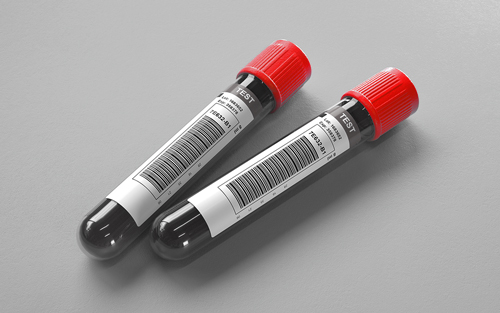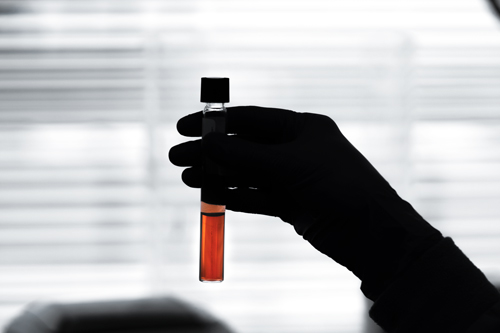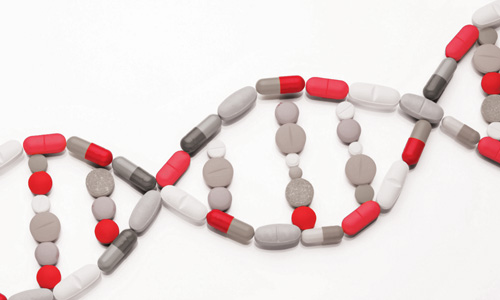Kratom, Umbilical Cord, Qualitative
Ordering Recommendation
Use to detect and document fetal exposure to kratom during approximately the last trimester of a full-term pregnancy.
New York DOH Approval Status
Specimen Required
Umbilical cord (at least 8 inches, approximately the width of a sheet of paper)
Drain and discard any blood. Rinse the exterior of the cord segment with normal saline or water. Pat the cord dry and transport at least 8 inches of umbilical cord in a routine urine collection cup or Security Kit for Meconium/Umbilical Drug Detection (ARUP supply #51548) available online through eSupply using ARUP Connect or by contacting ARUP Client Services at 800-522-2787. (Min: 6 inches)
Refrigerated
Cords soaking in blood or other fluid. Formalin fixed. Tissue that is obviously decomposed.
Ambient: 1 week; Refrigerated: 3 weeks; Frozen: 1 year
Methodology
Qualitative Liquid Chromatography-Tandem Mass Spectrometry
Performed
Wed
Reported
1-9 days
Reference Interval
| Test Number |
Components |
Reference Interval |
||
|---|---|---|---|---|
| Mitragynine, Cord, Qual |
|
|||
| Speciociliatine, Cord, Qual |
|
Interpretive Data
Methodology: Qualitative Liquid Chromatography-Tandem Mass Spectrometry
This test is designed to detect and document exposure to alkaloids found in kratom, an herbal product derived from the Mitragyna speciosa tree or related plants, that occurred during approximately the last trimester of a full-term pregnancy. While mitragynine is considered the primary pharmacologically active alkaloid, speciociliatine is also widely detected in umbilical cord tissue. Regular use of or exposure to kratom can lead to dependency, and abstinence may contribute to signs and symptoms of drug withdrawal. Alternative testing is available to detect other drug exposures. The pattern and frequency of kratom used by the mother cannot be determined by this test. A negative result does not exclude the possibility that a mother used kratom during pregnancy. Detection of kratom alkaloids in umbilical cord tissue depends on extent of maternal use, as well as stability, unique characteristics of alkaloid deposition in umbilical cord tissue, and the performance of the analytical method. Detection of kratom alkaloids in umbilical cord tissue does not insinuate impairment and may not affect outcomes for the infant. Interpretive questions should be directed to the laboratory.
This test was developed and its performance characteristics determined by ARUP Laboratories. It has not been cleared or approved by the U.S. Food and Drug Administration. This test was performed in a CLIA-certified laboratory and is intended for clinical purposes.
Laboratory Developed Test (LDT)
Note
Absolute minimum: 6 inches.
Hotline History
Hotline History
CPT Codes
80323 (Alt code: G0480)
Components
| Component Test Code* | Component Chart Name | LOINC |
|---|---|---|
| 3005875 | Mitragynine, Cord, Qual | 101282-2 |
| 3005876 | Speciociliatine, Cord, Qual | 101283-0 |
















